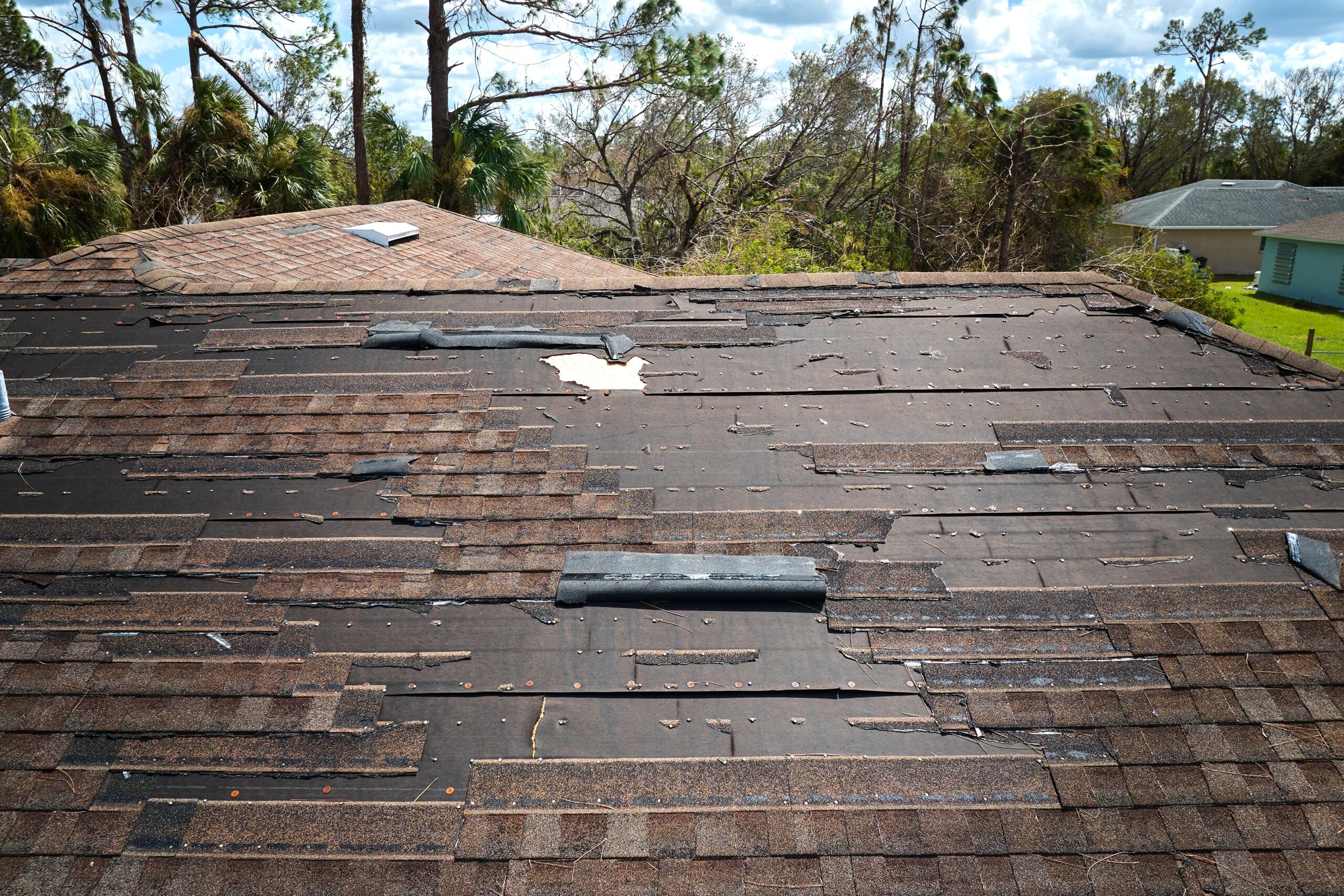Introduction to Flat Roofing Materials
Selecting the most appropriate flat roofing material is not just a matter of aesthetics; it’s a significant investment that affects the structural integrity and longevity of your property. The right choice can deliver not only durability and low maintenance but also significant energy savings. Cleveland, TN, located in an area with a diverse climate, demands roofing solutions that can withstand everything from warm, humid summers to chilly, wet winters.
At Sentri Roofing, we understand the challenges that come with selecting the ideal roofing for your residential or commercial building. Our expertise in the roofing industry, coupled with our commitment to using high-grade materials, ensures that our clients in Cleveland, TN, receive solutions tailored to their unique needs.
Understanding Flat Roofing Materials
Overview of Flat Roofing
Flat roofing is a popular architectural style for both residential and commercial buildings. Unlike sloped roofs, which have a natural capacity to shed rainwater and snow, flat roofs require specific materials and design considerations to address water pooling and potential leakage. The appeal of a flat roof isn’t merely functional; it can also provide additional outdoor living space or house mechanical equipment, making it a versatile choice for many property owners.
Yet, the unique challenges flat roofs present highlight the importance of choosing high-quality materials. Understanding the distinct features and benefits of each flat roofing material becomes crucial to
Types of Flat Roofing Materials
EPDM Roofing
EPDM, which stands for Ethylene Propylene Diene Monomer, is a rubber roofing material recognized for its cost-effectiveness and impressive lifespan of 20 to 35 years. Known for its resilience, EPDM is a frequently chosen material for both residential and commercial flat roofs. Its durability is a significant advantage, especially given Cleveland, TN’s weather patterns, which can range from intense summer heat to icy winter conditions.
The benefits of EPDM roofing include its resistance to extreme weather conditions and its ability to endure substantial temperature fluctuations without cracking. However, while EPDM offers a long service life with relatively low maintenance requirements, one should be aware that it is not the most aesthetically pleasing option, as it typically comes in darker colors which can absorb more heat.
TPO Roofing
The sustainable option of TPO roofing, or Thermoplastic Polyolefin, is gaining traction thanks to its energy-efficient qualities. Its reflective white surface effectively helps to keep buildings cooler by reflecting sunlight, which can lead to lower climate control costs. Moreover, TPO is designed to be UV resistant and can repel chemical exposure, a significant benefit during Cleveland’s stormy spring season.
Comprehensive Comparison of Flat Roofing Systems
Weather Resistance in Roofing Materials
When considering flat roofing materials comparison for your property in Cleveland, TN, it’s essential to reflect on how various materials will perform under the region’s array of weather conditions. Springtime can bring about unpredictable weather, from sudden heavy rains to intense wind gusts. Having a roofing material that can stand up to these elements is vital for the longevity and integrity of the roof.
Selecting a material like PVC, which offers excellent resistance to fire, chemicals, and strong winds, can be a wise decision. Its hot-air welded seams create a watertight bond, ideal for handling Cleveland’s rainy season and ensuring that interiors remain dry and damage-free. Its durability is further enhanced by its ability to resist microbial growth, an important aspect for maintaining a healthy roofing system.
Energy Efficiency of Flat Roofing Options
Energy efficiency is a critical factor to evaluate when comparing flat roofing materials. Efficient roofing materials not only contribute to a comfortable indoor climate but also reduce the energy consumption of heating and cooling systems, leading to cost savings for property owners in the long run.
TPO roofing, in its light-reflective colors, is often associated with excellent thermal performance. By reflecting the
Handy Tips
Tip 1
Take into account the unique seasonal weather patterns specific to Cleveland, TN, ensuring the chosen roofing material can handle the variability of spring’s climate as well as severe weather events.
Tip 2
Investigate the thermal properties of different flat roofing options, with an emphasis on those that enhance insulation and have the potential to decrease the cost of air conditioning during Cleveland’s warmer seasons.
Tip 3
Examine the projected longevity and resilience of materials like EPDM, TPO, and PVC, considering how each will stand up over time including their ongoing upkeep needs.
Tip 4
Assess the financial implications of various roofing systems by looking beyond the initial expenditure to the expected overall costs throughout the roofing’s functional lifespan, which provides a clearer picture of its economic benefits.
Tip 5
Consider the repair process and the accessibility of skilled local roofing contractors in Cleveland proficient in working with the roofing material you select for your property.
Commonly Asked Question
sun’s rays, it keeps buildings cooler and reduces the need for air conditioning during hot Tennessee summers. On the other hand, an EPDM roof, with its darker colors, might require additional insulation to achieve similar energy efficiencies. It is essential to weigh these considerations against your specific climate control needs and aesthetic preferences when making a decision.
What are the best flat roofing materials for varying weather conditions in Cleveland, TN?
In Cleveland, TN, the best flat roofing materials for varying weather conditions include EPDM, which is known for its durability against temperature fluctuations and extreme weather, TPO roofing for its energy efficiency and UV resistance, and PVC, which offers excellent resistance to fire, chemicals, and strong winds, with watertight seams ideal for wet conditions.
How long can I expect an EPDM roof to last?
You can expect an EPDM roof to last between 20 to 35 years. Its resilience against harsh weather and temperature shifts makes it a robust choice for long-term performance.
Why is TPO roofing considered energy-efficient, and how can it reduce costs?
TPO roofing is considered energy-efficient due to its reflective white surface that helps to keep buildings cooler by reflecting sunlight, leading to lower air conditioning costs. The UV-resistant nature of TPO also contributes to energy efficiency and can result in long-term cost savings on energy bills.

